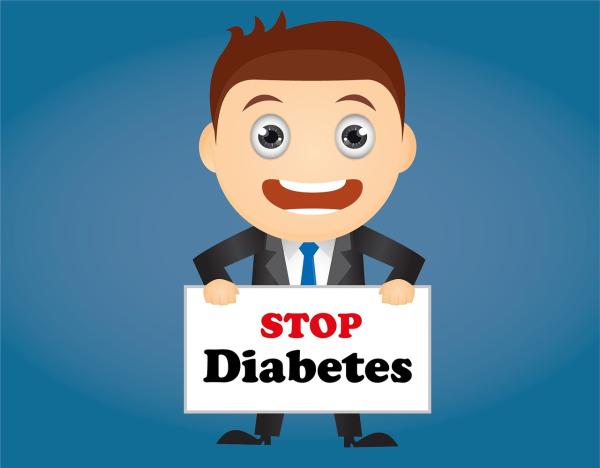“Prediabetes is a constellation of metabolic measures that prior research has shown to proceed the onset of diabetes.”
That comes from an article I have previously written on prediabetes; it can serve as an introduction or refresher on the topic. The study used Johns Hopkins Medicine electronic health care records and insurance claims data from February 2016 to February 2021. Eligible patients were age 18 or greater and had a
- A “fasting” blood glucose of 100-125 mg/dl
-or-
- An HbA1c of 5.7 to 6.4%
Fasting is an ambiguous term because the medical records do not record whether it was fasting at all. Still, the researchers limited the blood draws to those between 6 and 10 AM, hoping to capture all the fasting samples. The outcomes of interest were the subsequent behaviors of both physicians and patients – this included follow-up lab studies, referrals to nutritionists, and metformin prescription. The use of metformin is not without its adherents and detractors. The use of metformin in treating prediabetes would be considered an off-label use by the FDA; it would be regarded as an indication for use by the American Diabetes Association.
Incident prediabetes refers to only one abnormal laboratory result followed by a normal result for a patient finding during their follow-up; prevalent prediabetes refers to no normal results. The study group included 3888 patients, 65% female, 55% White (34% Black), mean BMI of 30 (obese). About half had HbA1c of 6 or more; 15% of patients had a blood glucose greater than 110 mg/dl.
Physicians rarely coded a diagnosis of prediabetes 13%, but two-thirds of the time, they ordered follow-up glucose or HbA1c, 5.4% prescribed metformin, and 1% recommended a nutritional consultation.
Higher glycemic testing was associated with greater baseline abnormalities in testing. Metformin was more commonly prescribed in the presence of those higher baseline readings and a BMI > 25 (overweight). Nutritional consultation was greater for those with a BMI >40 (morbid obesity).
Take-away 1 – Physicians apply judgment to increase the likelihood that they will provide a benefit to their patients. In practice, they follow the guidelines based on what will do the most good for the person sitting across from them – they know that one size does not fit all.
Patients followed-up with their physician within a year, 80% of the time, and 80% of patients who had a follow-up blood test ordered actually had the test, 75% of those recommended to a nutritionist had the evaluation, and a similar 76% filled their metformin prescriptions.
Take-away 2 – Patients are compliant with treatment recommendations from their physicians
6% of the cohort developed diabetes within the year, twice as many among those with prevalent prediabetes compared to incident prediabetes. And they were more likely to have been seen in follow-up, retested, and had a nutritional evaluation than those who didn’t develop diabetes. The clinical characteristics that were statistically associated with prediabetes resulting in diabetes were
- Time – the likelihood of a diagnosis increased over follow up
- The degree of abnormality to glycemic measures – greater abnormality was a signal
- Increasing weight – there was a clear, step-wise increase beginning with the obese to the morbidly obese
- Being Black was also statistically significant – but we do not know how the degree of abnormal glycemic measures and obesity stratified across the races
Medicare measures the quality of prediabetes care. They count all patients with the findings of abnormal glycemic measures as done in this study and require the prescription of metformin or nutritional consultation. Based upon this evidence-based metric, Johns Hopkins met that goal 7% of the time. Medicare also measures whether the abnormal value was retested; Hopkins scored better here, with 66%
Take-away 3 – There continues to be a disconnect between guidelines and real-world care. By some measures, Johns Hopkins is a failure when managing prediabetes, if it can be managed at all. But the real-world data suggests that blind observance of guidelines will result in needless expenses for nutritional consultations and medications. Allowing physicians to practice the art of medicine, as this study depicts, may be a better way forwards. Of course, that relies on trust, something we rarely find these days.
Source: Clinical Care Among Individuals with Prediabetes in Primary Care: a Retrospective Cohort Study J Gen Intern Med DOI: 10.1007/s11606-022-07412-9




